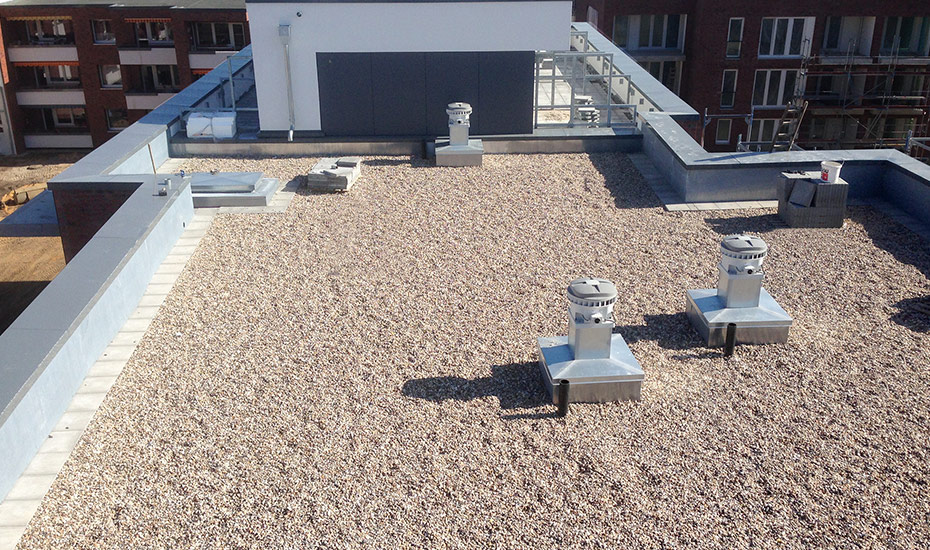
When it comes to roofing projects, one of the most critical aspects is finding the right balance between value and cost. Roofing estimating is a complex process that involves considering numerous factors to ensure that the project delivers both quality and affordability. In this article, we’ll delve into the key considerations for achieving this delicate balance and providing customers with the best possible roofing solutions.
Material Selection: Quality vs. Cost
The choice of roofing materials is perhaps the most fundamental decision in roofing estimating. Different materials offer varying levels of durability, aesthetics, and longevity. While it’s tempting to opt for the least expensive option, it’s important to consider the long-term value. High-quality materials might have a higher upfront cost but can provide significant savings over time due to reduced maintenance and longer lifespans. As an estimator, it’s crucial to educate clients about the benefits of investing in durable materials that can withstand the elements and require minimal repairs.
Labor Costs: Skilled Craftsmanship Pays Off
Skimping on labor costs can lead to shoddy workmanship, which can have disastrous consequences for both the customer and the roofing company. While it’s essential to stay competitive in the market, cutting corners on labor expenses can result in subpar installations, leaks, and premature roof failures. Experienced, well-trained roofing estimating professionals might charge higher rates, but their work often translates to fewer callbacks and satisfied clients. Striking the right balance here means finding skilled labor that offers value for money, rather than compromising on expertise.
Energy Efficiency: Long-Term Savings
In today’s environmentally conscious world, energy efficiency is a crucial consideration in roofing projects. Advise clients about the benefits of reflective roofing materials or insulation that can help regulate indoor temperatures and reduce energy consumption. While these options might have slightly higher initial costs, they can lead to substantial savings on utility bills in the long run. Finding the sweet spot between energy-efficient solutions and upfront expenses is a key responsibility of a roofing estimator.
Warranty and Maintenance: Peace of Mind Matters
Value goes beyond the mere installation process. A comprehensive warranty and maintenance plan can provide customers with peace of mind. When estimating roofing projects, factor in the cost of warranties offered by manufacturers and contractors. A more extended warranty might come with a slightly higher price tag, but it can reassure customers that their investment is protected against unexpected issues. Moreover, offering maintenance packages can demonstrate a commitment to long-term customer satisfaction, adding to the overall value proposition.
Site-Specific Factors: Tailored Solutions
Roofing estimating shouldn’t be a one-size-fits-all approach. Each project’s unique characteristics should be carefully assessed. Factors such as the local climate, architectural style, and structural requirements should influence material choices and installation techniques. Customizing the roofing solution to fit the specific needs of the project can enhance both value and cost-effectiveness.
Communication and Transparency: Building Trust
Transparent communication is key to finding the sweet spot between value and cost. Establish a clear line of communication with clients, explaining the rationale behind cost estimates and material recommendations. When clients understand the reasoning behind the choices, they are more likely to see the value in the proposed roofing solution. Building this trust can lead to smoother projects and satisfied customers.

Comparative Analysis: Evaluating Options
Roofing estimating benefits from a comparative analysis of different options. Presenting clients with a range of material choices, each with its pros and cons, empowers them to make informed decisions. By laying out the potential benefits and drawbacks of various materials and approaches, you can guide clients toward solutions that align with their budget and preferences while still delivering value.
Long-Term ROI: Investment Perspective
Roofing is an investment, not just an expense. Presenting the long-term return on investment (ROI) is an effective way to demonstrate the value of a slightly higher upfront cost. A durable, energy-efficient, and well-installed roof can increase property value, reduce maintenance costs, and provide a sense of security for years to come. Highlighting these financial benefits can help clients understand the bigger picture and make decisions that align with their overall goals.
Sustainability and Environmental Impact: A Growing Concern
As environmental concerns grow, sustainability is becoming an increasingly important consideration in roofing projects. While sustainable roofing options might initially have higher costs, they can contribute to a reduced carbon footprint and align with clients’ eco-friendly values. Emphasize the environmental benefits of sustainable roofing materials and practices, and how they can positively impact the community and the planet.
Flexibility in Pricing Models: Catering to Different Budgets
Not all clients have the same budget constraints, and as a roofing estimator, it’s important to offer flexibility in your pricing models. Providing different packages or options allows clients to choose what best fits their financial capabilities while still delivering value. This might involve presenting a basic package with essential features and then offering add-ons for enhanced quality or additional features.
Continuous Learning: Staying Updated
The roofing industry is constantly evolving, with new materials, techniques, and technologies emerging regularly. Staying updated on these advancements allows you to provide the latest and most cost-effective solutions to your clients. Whether it’s energy-efficient materials, improved installation methods, or innovative design options, your commitment to learning and improvement can enhance the value you bring to every roofing project.
Post-Project Evaluation: Learning from Experience
After a roofing project is completed, take the time to evaluate its outcomes. Assess how well your estimates matched the actual costs and whether the chosen solutions met the client’s expectations. Identifying areas for improvement helps refine your estimating process for future projects, ensuring a better balance between value and cost.
Conclusion
Roofing estimating is an intricate process that requires a holistic approach. Finding the sweet spot between value and cost involves understanding clients’ needs, educating them about the long-term benefits of quality materials and craftsmanship, and considering factors such as energy efficiency, warranties, and customization. By embracing transparency, effective communication, and a commitment to ongoing learning, you can become a trusted partner in delivering roofing solutions that offer both immediate affordability and lasting value. Remember, in the world of roofing, value isn’t just about the bottom line – it’s about building strong roofs and even stronger relationships with your clients.
Frequently Asked Questions (FAQs)
Why is finding the right balance between value and cost important in roofing projects?
Finding the balance between value and cost ensures that roofing projects are not only affordable upfront but also provide long-term benefits in terms of durability, energy efficiency, and reduced maintenance. It leads to satisfied clients and enhances the reputation of roofing companies.
How do I choose the right roofing material while considering both value and cost?
It’s important to consider the long-term benefits of higher quality materials, such as increased durability and reduced maintenance costs. While cheaper materials might seem attractive initially, investing in better materials can provide greater value over the life of the roof.
How do I manage labor costs without compromising on quality?
Skilled craftsmanship is essential for a successful roofing project. While it might be tempting to cut labor costs, it’s wiser to invest in experienced professionals who provide better work quality, leading to fewer issues and callbacks in the future.
Are energy-efficient roofing solutions worth the higher upfront cost?
Yes, energy-efficient roofing solutions might have higher initial costs, but they can lead to substantial savings on utility bills over time. They also contribute to a more sustainable and environmentally friendly approach to roofing.
What role do warranties and maintenance plans play in roofing estimating?
Warranties and maintenance plans offer clients peace of mind and long-term value. While they might increase the overall project cost slightly, they ensure that the investment remains protected and well-maintained.

